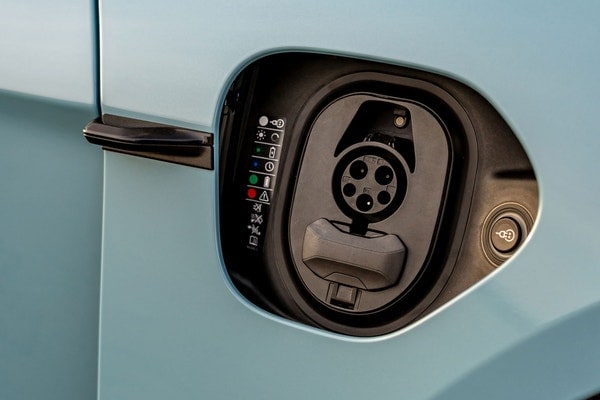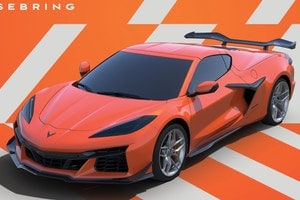Used 2018 Chevrolet Express Cargo 3500 Van Review
Consumer reviews
There are no consumer reviews for the 2018 Chevrolet Express Cargo 3500 Van.
Edmunds Summary Review of the 2018 Chevrolet Express Cargo 3500 Van
Pros & Cons
- Pro:Powerful V8 and diesel engines
- Pro:Towing and payload capabilities are near or at the top of the class
- Con:Less cargo space than many competitors
- Con:No high-roof cargo option
- Con:Dated interior styling and touchscreen interface
Which Express Cargo does Edmunds recommend?
Since the 2018 Chevrolet Express is only available in WT trim, your cargo-hauling needs will determine which engine and wheelbase configuration is best. If it were up to us, we'd start with the long-wheelbase version to make up for the Express' height-compromised cargo area. We'd also go with the four-cylinder diesel engine for its superior fuel economy.
Full Edmunds Review: 2018 Chevrolet Express Cargo Van
Driving
Even the standard-wheelbase Express is a large vehicle, and it drives like one. Tidy handling and accurate steering are not among the big Chevy's marching orders. The upgraded V8 engine is responsive, though, and easily gets the van up to highway speeds, even with a full load of cargo.
Comfort
The driver and front passenger are divided by an enormous center bulge covering some of the engine and transmission, the width of which causes the driver to feel squeezed even in this large vehicle. The basic controls are easy to find and simple to use, but comforts are few.
Interior
The interior looks exceptionally dated compared to the rest of the class. The old-school vibe continues with the engine covering that protrudes into the driver and passenger footwell. Getting into the cargo area is hampered by a low roof and the lack of a door behind the driver.
Utility
Cargo volume behind the front seats measures 239.7 cubic feet in the short-wheelbase (SWB) Express, increasing to 284.4 cubes in the long-wheelbase (LWB) model. Cargo capacity in the SWB model is in line with similar vans, but the LWB's volume is lacking. Rivals offer taller roofs.
Technology
The standard radio comes only with AM/FM radio reception and an auxiliary jack. You'll have to pay more for a CD player, satellite radio, a USB port, and an ancient touchscreen interface that is several generations removed from what's used in other Chevrolets.
Edmunds Insurance Estimator
The Edmunds TCO® estimated monthly insurance payment for a 2018 Chevrolet Express Cargo in Ohio is:
not availableLegal



